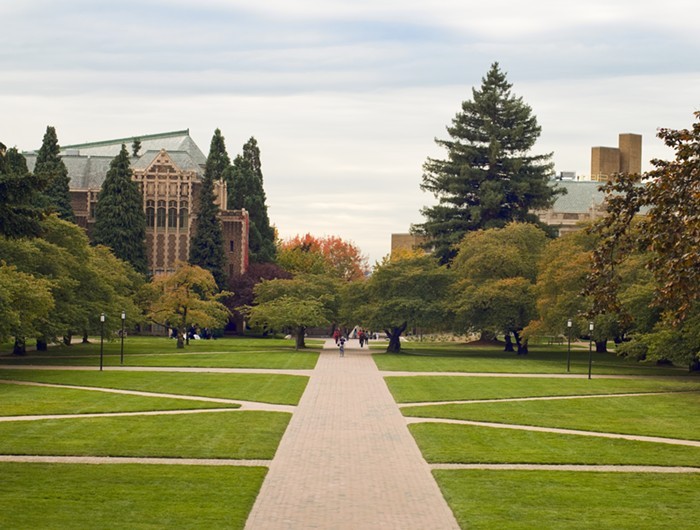
A federal judge ruled against a motion from the Standing Rock Sioux Tribe to halt a 1,168-mile crude oil pipeline that will traverse four states and cross under the Missouri River.
But in a surprising turnaround, shortly after the decision from the judge came down, the Department of Justice, the Department of the Army, and the Department of the Interior issued a joint statement halting pipeline construction on ancestral Standing Rock Sioux lands in the 20 miles surrounding Lake Oahe, where the pipeline was supposed to burrow under the lake and river itself.
"Furthermore, this case has highlighted the need for a serious discussion on whether there should be nationwide reform with respect to considering tribes’ views on these types of infrastructure projects," the joint statement read.
It continued:
Therefore, this fall, we will invite tribes to formal, government-to-government consultations on two questions: (1) within the existing statutory framework, what should the federal government do to better ensure meaningful tribal input into infrastructure-related reviews and decisions and the protection of tribal lands, resources, and treaty rights; and (2) should new legislation be proposed to Congress to alter that statutory framework and promote those goals.
The Standing Rock Sioux Tribe sued earlier this year over concerns that tribal members would be irreparably harmed if the pipeline poisoned their drinking water. The Missouri River provides drinking water to the tribe's roughly 8,000 members, as well as to the millions of people who live downstream of the reservation. The Tribe also sued under the National Historic Preservation Act, arguing that construction would desecrate sacred sites on lands that once belonged to the Tribe—lands that were taken away from the Tribe in a series of treaties that shrunk the size of their reservation.

Construction had already begun on sacred sites when protectors of land and water were attacked by dogs.
In recent weeks, thousands of people from all over the country have traveled to rural North Dakota to camp in solidarity with the Standing Rock Sioux. It's a historic event—tribes with histories of enmity came together for the first time in more than a century. More than a hundred tribes also offered their official support, and Washington's Coast Salish nations even drove their canoes more than a thousand miles to paddle the Missouri River.
The statement from the Feds urged the water protectors at camp to remain nonviolent.
“In recent days, we have seen thousands of demonstrators come together peacefully, with support from scores of sovereign tribal governments, to exercise their First Amendment rights and to voice heartfelt concerns about the environment and historic, sacred sites," it read. "It is now incumbent on all of us to develop a path forward that serves the broadest public interest.”
For the Standing Rock Sioux, the pipeline holds particular significance in light of an old Lakota prophecy, one that predicts a black snake that traverses the land and brings devastation. But along with that prediction, people who have joined the camp have been repeating a prophecy that predicted a seventh generation of young people would come together from all four corners of the earth and create peace and harmony.
Leaders of the Sacred Stone camp have been defining the movement against the pipeline as a spiritual one, participating in ceremonies and deep prayer over the last several weeks. The camp has become a symbol of healing for tribal communities fractured by genocide, resource exploitation, and forced assimilation through boarding schools.


















